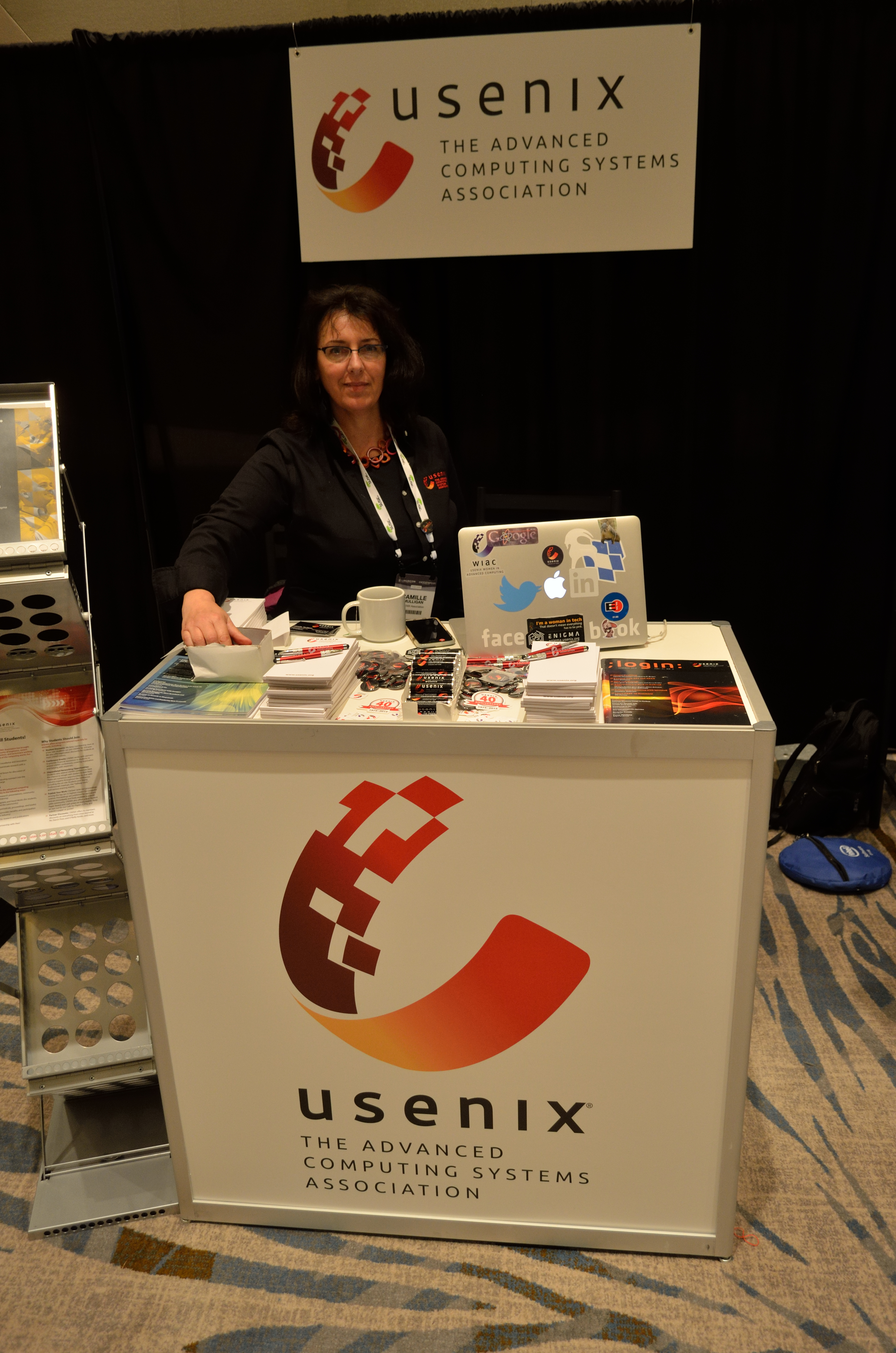|
TkWWW
tkWWW is an early, now discontinued web browser and WYSIWYG HTML editor written by Joseph Wang at MIT as part of Project Athena and the Globewide Network Academy project. The browser was based on the Tcl language and the Tk (toolkit) extension but did not achieve broad user-acceptance or market share, although it was included in many Linux distributions by default. Joseph Wang wanted tkWWW to become a replacement for r r n and to become a " swiss army knife" of networked computing. History Joseph Wang announced in July 1992 that he was developing a web browser based on Tk, and made the alpha version 0.1 publicly available. Version 0.4 integrated a much easier installation procedure, a better default color scheme, keyboard traversals and a history mechanism. Version 0.5, released 8 February 1993, introduced support for multiple fonts. Version 0.6 made personal annotations compatible with xmosaic and improved the GUI. With the release of version 0.7 on 1 May 1993, tkWWW ... [...More Info...] [...Related Items...] OR: [Wikipedia] [Google] [Baidu] |
GNU Guile
GNU Ubiquitous Intelligent Language for Extensions (GNU Guile) is the preferred extension language system for the GNU Project and features an implementation of the programming language Scheme. Its first version was released in 1993. In addition to large parts of Scheme standards, Guile Scheme includes modularized extensions for many different programming tasks. For extending programs, Guile offers ''libguile'' which allows the language to be embedded in other programs, and integrated closely through the C language application programming interface (API); similarly, new data types and subroutines defined through the C API can be made available as extensions to Guile. Guile is used in many programs under the GNU project umbrella ( GDB, Make, Guix, GNU TeXmacs, GnuCash, LilyPondLepton-EDA..) but it also sees use outside of that, for example iGoogle's schism Guile Scheme Guile Scheme is a general-purpose, high-level programming language whose flexibility allows expressing ... [...More Info...] [...Related Items...] OR: [Wikipedia] [Google] [Baidu] |
Mosaic (web Browser)
NCSA Mosaic is a discontinued web browser. It was instrumental in popularizing the World Wide Web and the general Internet during the 1990s by integrating multimedia such as text and graphics. Although not the first web browser (preceded by WorldWideWeb, Erwise, and ViolaWWW), it was the first browser to display images inline with text instead of a separate window. It supported various Internet protocols such as HTTP, FTP, NNTP, and Gopher. Its interface, reliability, personal computer support, and simple installation contributed to Mosaic's initial popularity. Mosaic was developed at the National Center for Supercomputing Applications (NCSA) at the University of Illinois at Urbana–Champaign beginning in late 1992, released in January 1993, with official development and support until January 1997. Mosaic lost market share to Netscape Navigator in late 1994, and had only a tiny fraction of users left by 1997, when the project was discontinued. Microsoft licensed one of t ... [...More Info...] [...Related Items...] OR: [Wikipedia] [Google] [Baidu] |
Project Athena
Project Athena was a joint project of MIT, Digital Equipment Corporation, and IBM to produce a campus-wide distributed computing environment for educational use. It was launched in 1983, and research and development ran until June 30, 1991. , Athena is still in production use at MIT. It works as software (currently a set of Debian packages) that makes a machine a thin client, that will download educational applications from the MIT servers on demand. Project Athena was important in the early history of desktop and distributed computing. It created the X Window System, Kerberos, and Zephyr Notification Service. It influenced the development of thin computing, LDAP, Active Directory, and instant messaging. Description Leaders of the $50 million, five-year project at MIT included Michael Dertouzos, director of the Laboratory for Computer Science; Jerry Wilson, dean of the School of Engineering; and Joel Moses, head of the Electrical Engineering and Computer Science dep ... [...More Info...] [...Related Items...] OR: [Wikipedia] [Google] [Baidu] |
X Window System
The X Window System (X11, or simply X) is a windowing system for bitmap displays, common on Unix-like operating systems. X originated as part of Project Athena at Massachusetts Institute of Technology (MIT) in 1984. The X protocol has been at version 11 (hence "X11") since September 1987. The X.Org Foundation leads the X project, with the current reference implementation, X.Org Server, available as free and open-source software under the MIT License and similar permissive licenses. Purpose and abilities X is an architecture-independent system for remote graphical user interfaces and input device capabilities. Each person using a networked computer terminal, terminal has the ability to interact with the display with any type of user input device. In its standard distribution it is a complete, albeit simple, display and interface solution which delivers a standard widget toolkit, toolkit and protocol stack for building graphical user interfaces on most Unix-like operating syst ... [...More Info...] [...Related Items...] OR: [Wikipedia] [Google] [Baidu] |
Parsing
Parsing, syntax analysis, or syntactic analysis is a process of analyzing a String (computer science), string of Symbol (formal), symbols, either in natural language, computer languages or data structures, conforming to the rules of a formal grammar by breaking it into parts. The term ''parsing'' comes from Latin ''pars'' (''orationis''), meaning Part of speech, part (of speech). The term has slightly different meanings in different branches of linguistics and computer science. Traditional Sentence (linguistics), sentence parsing is often performed as a method of understanding the exact meaning of a sentence or word, sometimes with the aid of devices such as sentence diagrams. It usually emphasizes the importance of grammatical divisions such as subject (grammar), subject and predicate (grammar), predicate. Within computational linguistics the term is used to refer to the formal analysis by a computer of a sentence or other string of words into its constituents, resulting in a par ... [...More Info...] [...Related Items...] OR: [Wikipedia] [Google] [Baidu] |
Standard Generalized Markup Language
The Standard Generalized Markup Language (SGML; ISO 8879:1986) is a standard for defining generalized markup languages for documents. ISO 8879 Annex A.1 states that generalized markup is "based on two postulates": * Declarative: Markup should describe a document's structure and other attributes rather than specify the processing that needs to be performed, because it is less likely to conflict with future developments. * Rigorous: In order to allow markup to take advantage of the techniques available for processing, markup should rigorously define objects like programs and databases. DocBook SGML and LinuxDoc are examples which used SGML tools. Standard versions SGML is an ISO standard: "ISO 8879:1986 Information processing – Text and office systems – Standard Generalized Markup Language (SGML)", of which there are three versions: * Original ''SGML'', which was accepted in October 1986, followed by a minor Technical Corrigendum. * ''SGML (ENR)'', in 1996, resu ... [...More Info...] [...Related Items...] OR: [Wikipedia] [Google] [Baidu] |
Usenix
USENIX is an American 501(c)(3) nonprofit membership organization based in Berkeley, California and founded in 1975 that supports advanced computing systems, operating system (OS), and computer networking research. It organizes several conferences in these fields. History USENIX was established in 1975 under the name "Unix Users Group," focusing primarily on the study and development of the Unix OS family and similar systems. In June 1977, a lawyer from AT&T Corporation informed the group that they could not use the word "Unix" in their name as it was a trademark of Western Electric (the manufacturing arm of AT&T until 1995), which led to the change of name to USENIX. Since its founding, it has published a technical journal titled '' ;login:''. USENIX was started as a technical organization. As commercial interest grew, a number of separate groups started in parallel, most notably the Software Tools Users Group (STUG), a technical adjunct for Unix-like tools and interfac ... [...More Info...] [...Related Items...] OR: [Wikipedia] [Google] [Baidu] |
Scheme (programming Language)
Scheme is a dialect of the Lisp family of programming languages. Scheme was created during the 1970s at the MIT Computer Science and Artificial Intelligence Laboratory (MIT CSAIL) and released by its developers, Guy L. Steele and Gerald Jay Sussman, via a series of memos now known as the Lambda Papers. It was the first dialect of Lisp to choose lexical scope and the first to require implementations to perform tail-call optimization, giving stronger support for functional programming and associated techniques such as recursive algorithms. It was also one of the first programming languages to support first-class continuations. It had a significant influence on the effort that led to the development of Common Lisp.Common LISP: The Language, 2nd Ed., Guy L. Steele Jr. Digital Press; 1981. . "Common Lisp is a new dialect of Lisp, a successor to MacLisp, influenced strongly by ZetaLisp and to some extent by Scheme and InterLisp." The Scheme language is standardized in the offic ... [...More Info...] [...Related Items...] OR: [Wikipedia] [Google] [Baidu] |
HTML 2
Hypertext Markup Language (HTML) is the standard markup language for documents designed to be displayed in a web browser. It defines the content and structure of web content. It is often assisted by technologies such as Cascading Style Sheets (CSS) and scripting languages such as JavaScript, a programming language. Web browsers receive HTML documents from a web server or from local storage and render the documents into multimedia web pages. HTML describes the structure of a web page semantically and originally included cues for its appearance. HTML elements are the building blocks of HTML pages. With HTML constructs, images and other objects such as interactive forms may be embedded into the rendered page. HTML provides a means to create structured documents by denoting structural semantics for text such as headings, paragraphs, lists, links, quotes, and other items. HTML elements are delineated by ''tags'', written using angle brackets. Tags such as and directly introd ... [...More Info...] [...Related Items...] OR: [Wikipedia] [Google] [Baidu] |
University Of Calgary
{{Infobox university , name = University of Calgary , image = University of Calgary coat of arms without motto scroll.svg , image_size = 150px , caption = Coat of arms , former_name = Normal School (1905–1913)Calgary Normal School (1913–1945)Calgary Branch of the Faculty of Education of the University of Alberta (1945–1958)University of Alberta in Calgary (1958–1966){{efn, The following are names of the predecessor institution which the University of Calgary originates from, prior to its reorganization as a standalone university. , motto = {{Lang, gd, Mo Shùile Togam Suas (Canadian Gaelic, Gaelic) , mottoeng = I will lift up my eyes , established = {{Start date and age, 1966, 04, 26, df=yes, p=yes, br=yes , type = Public university, Public , endowment = {{CAD, 1.176 billion (2023) , chancellor = J ... [...More Info...] [...Related Items...] OR: [Wikipedia] [Google] [Baidu] |
Revision Control System
Version control (also known as revision control, source control, and source code management) is the software engineering practice of controlling, organizing, and tracking different versions in history of computer files; primarily source code text files, but generally any type of file. Version control is a component of software configuration management. A ''version control system'' is a software tool that automates version control. Alternatively, version control is embedded as a feature of some systems such as word processors, spreadsheets, collaborative web docs, and content management systems, e.g., Wikipedia's page history. Version control includes viewing old versions and enables reverting a file to a previous version. Overview As teams develop software, it is common to deploy multiple versions of the same software, and for different developers to work on one or more different versions simultaneously. Bugs or features of the software are often only present in ce ... [...More Info...] [...Related Items...] OR: [Wikipedia] [Google] [Baidu] |



